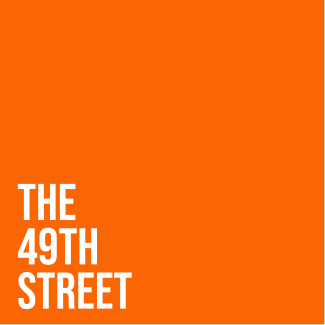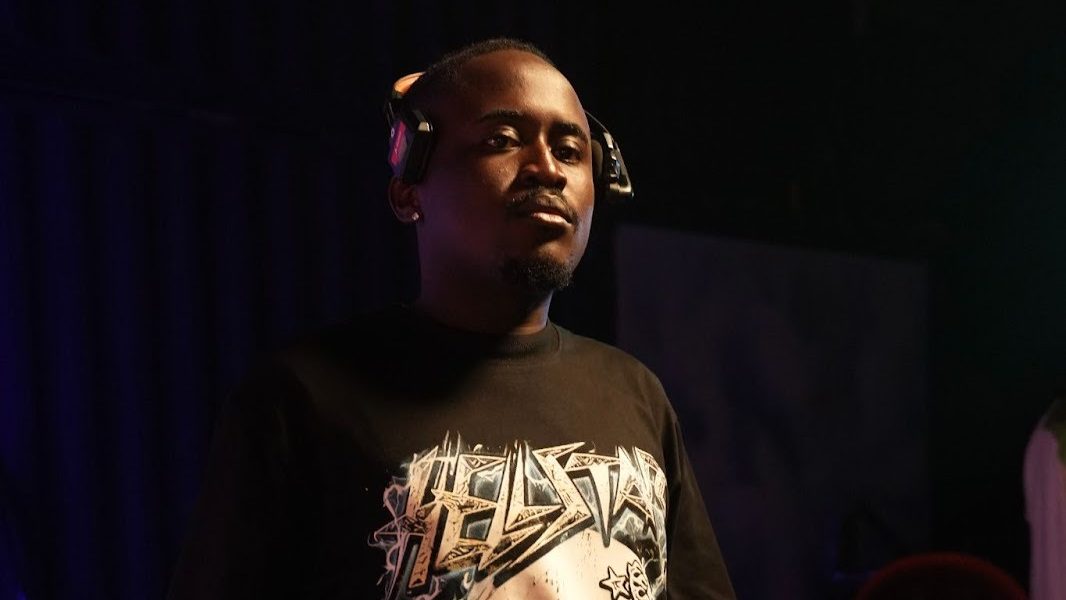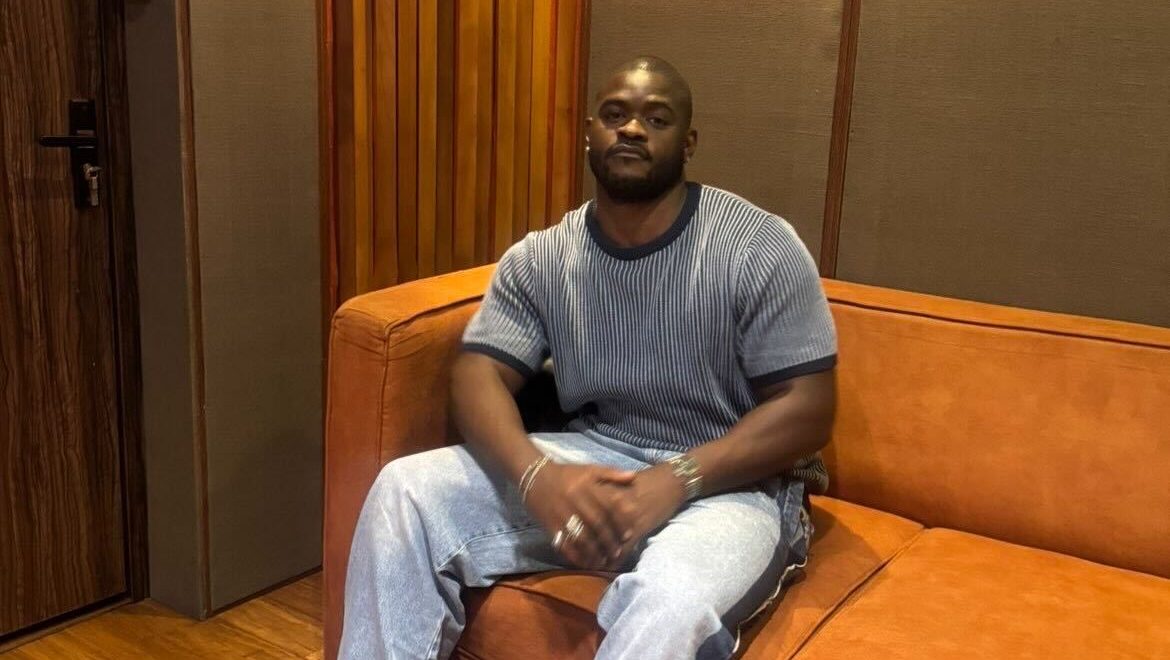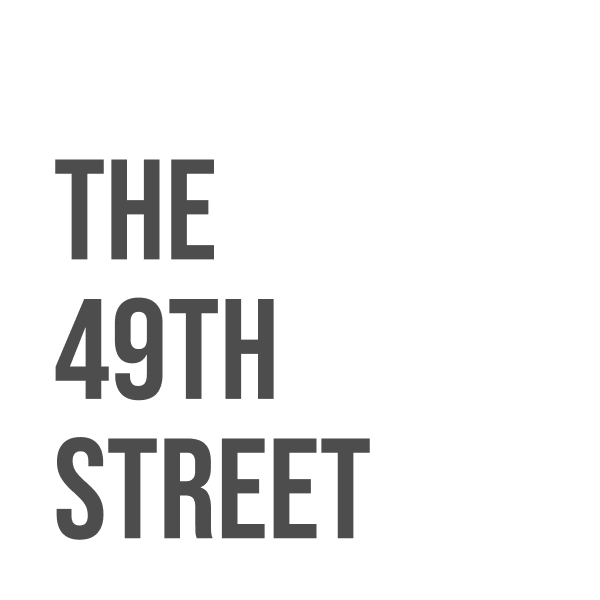By Sophia Afoloyan
Kola Oye’s path was mapped out long before he ever even touched a camera.
Growing up glued to sci-fi films, he wasn’t just watching the stories unfold; he was dissecting the visuals, the dialogue, the energy that made them feel alive. By the time he finished secondary school, he knew he wanted in. A three-month cinematography course (which he dropped out of), a brother’s industry connection, and a restless creative drive set the stage for a career built on intention.
Today, Kola Oye has quietly become one of the most intriguing young visual storytellers shaping the look of modern Nigerian film and advertising, not because he follows trends, but because he understands narrative, community, and the quiet power of vision.

What first inspired you to become a creative and start sharing your work on platforms like Instagram?
What inspired me was growing up, I used to watch a lot of sci-fi movies, and I used to wonder how they came about those cool effects and all the work that went into those videos on TV, so a bit after high school, I had a gap year, and I wasn’t doing anything with it at first. My brother had a friend, Tega, who worked on The Wedding Party, so I spoke to my brother about my interest, and he linked me up with him.
I learnt cinematography after WAEC, and planned my life from then. It wasn’t random. It came with a genuine obsession with the visuals I saw growing up and storytelling in general. It was a three-month course that my mom paid for, and I ran away after the first month. I wasn’t really seeing the need for some of the classes I was being taught, not till later when I got into uni. I stayed in touch with Tega and watched YouTube classes, which fueled my inspiration.
I wanted to start putting my work out there and showcase my growth, connect with people, and show the value of what I was becoming. So it was kind of becoming my portfolio. I started out posting everything, but now I stick to my outstanding work.
Walk me through your creative process from idea/concept to final execution. I figured that there’s a general process, but some things differ from creative to creative. What are the stages, and which part do you enjoy most?
My process is structured by understanding the story for whatever brand I am working with, or the artist if it is a music video. I do a lot of TV commercials, and I start with ideation. Understanding the brand and its audience, trying to see how receptive the audience can be to the particular story we are trying to put out there, and how it relates to the brand. Then, I do concept development. That’s when the moodboards come in. I create references, visual direction, storyboarding, all that translates the ideas I’ve put together from my research. Then comes the production, directing, performance, and camera work. That’s the hard part. Then post-production.
I think the part I enjoy the most is ideation and concept development. Most of the work that’s done in post-production has already been planned by me during the ideation and concept development. So I look at the end game once I get the brief and the brand story or visual direction, if there’s any. I also look out for other major brands that have done the same thing, all of that.
Pre-production is fun, down to the styling details. It’s my favorite.
Your portfolio is heavily stacked with projects that carry big names from commercials and campaigns with Dangote, Opay, Johnnie Walker, to music videos with known talent like TAR1Q and Ckay. How do you decide which projects are worth pursuing, especially when balancing your artistic vision with commercial viability?
That’s a good question. I am a big fan of storytelling. I recently saw an ad on Uber, and I was blown away by how the story was told. I enjoy creating TV commercials more because there’s little to no storytelling that can be done with music videos. The song already tells the story, but for TV, you build it from scratch. I choose brands with good customer reception, visual appeal, and all of that. For music videos, I look at the relationship I have with the artist. It might be nonexistent at the time of ideation, but how we work together to bring the song to life gives me enough to work with and decide.
Which artists, designers, creators, or other influences shape your aesthetic and why? Any “unlikely” influences that people would be surprised to learn about?
Growing up, I watched a lot of sci-fi. I’m a big fan of The Russo Brothers; they did so much cool stuff in the Marvel Cinematic Universe. Ryan Coogler of Black Panther, too. I’m a huge fan of their work. How they’re able to make such amazing movies and resonate with the audience in their dialogue and all of that…I deeply admire their storytelling.
What has been your most challenging project so far, and what did you learn from it?
My most challenging project so far was a commercial for Oppo. It was a lot. I basically had to take on a lot of stress from the clients. The team I worked with and had to manage was a large scale of people, larger than I’m used to, from cast to extras and crew. I wasn’t even feeling good at the time, and it was a lot for me, but it took so much emotional endurance.
Like I said, I invest so much time in preproduction, so that gave me control over all the chaos that came with that set. At the end of the day, I was so excited when the project came out. I could see the work I put in.
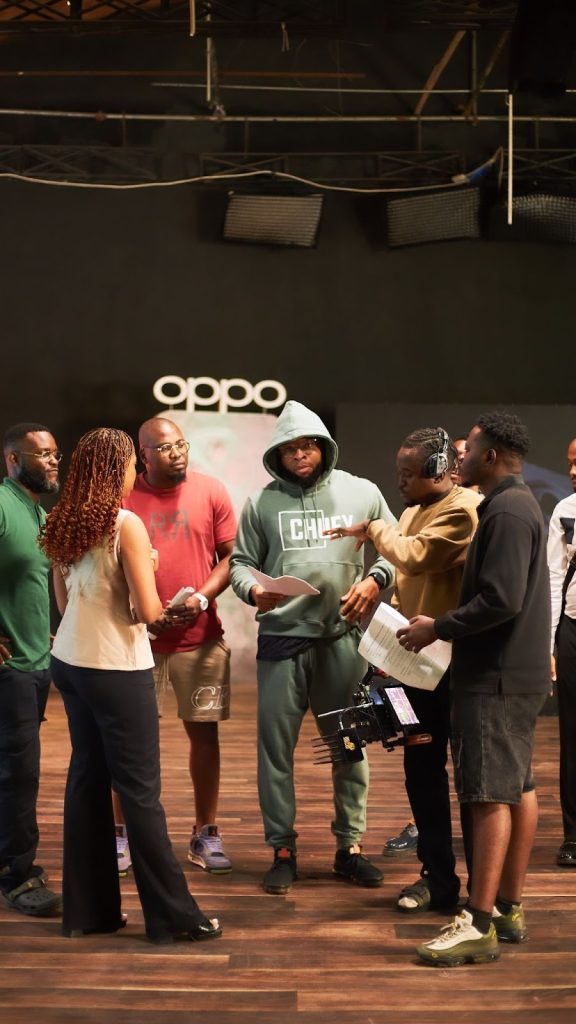
Do you feel pressure to “represent Africa” in your art, or do you approach your work from a more personal lens first?
I wouldn’t call it pressure. I’d call it a responsibility. My work naturally carried out the cultural lens. I don’t force it, I don’t approach it from a personal lens, and the representation happens naturally. If you put in so much work and time, especially at ideation, those things happen naturally.
You say Instagram is your portfolio. Can you describe a moment when social media (Instagram or otherwise) either helped you significantly or held you back? How do you navigate that push and pull?
Instagram is a crazy app, to start with. It has held me back in terms of putting my work out there. These days, I don’t care, but the kind of engagement you get without sponsoring your posts is not worth the amount of stress that you put into posting on Instagram. It has boosted me in spite of that, though. I have connected with people within my industry, and other people from other industries have reached out. If not for Instagram, I doubt I would be connected with all these creatives and people I have worked with today. It’s got its ups and downs. I do love posting on stories, though.
Where do you see your creative work going in the next decade? New mediums, collaborations, major goals?
In a couple of years, I see myself doing long-form storytelling. I love documentaries, and I have only been able to work on short-form stuff. I really want to do feature films, especially going forward. I want global collaborations across Africa, Europe, and the Middle East. I just really am determined to push my work out there even more.
Collaboration is at the heart of Africa’s creative industries. African society in general, even. How has the creative ecosystem affected you (whether local or pan-African) and influenced your growth and opportunities?
Community for me is everything. Every project I have done came from the relationships I have had with people who believed in my work right from time. As much as I put my work on Instagram, a lot of the work I get comes from the relationships I have kept over time. I would tell an upcoming videographer to invest in their community. A solid community will take you to the top.
You said you started chasing this dream before uni. Do you think that gap year fundamentally changed the trajectory of your career right now?
I think I would have still been a videographer. My brothers were fixed into the typical career system: accounting, KPMG, that sort of pipeline. I wanted to break out of that.
What’s that one song or album you’re really enjoying right now?
Fola’s album, carthasis. I was recently at his show during Spotify Greasy Tunes. It was amazing.
For Kola Oye, filmmaking has never just been about shots, edits, or light. It’s about people.
His story is one built on trust in the power of his talent and ability, and it shows. Every opportunity, every project, every door that’s opened has come from the relationships he’s nurtured over time. In a culture obsessed with visibility, Oye’s career is a quiet reminder that connection still matters more than clout.
He may have started out chasing sci-fi dreams, but today, he’s doing something even harder.
He’s grounding fantasy in reality, one frame at a time.
